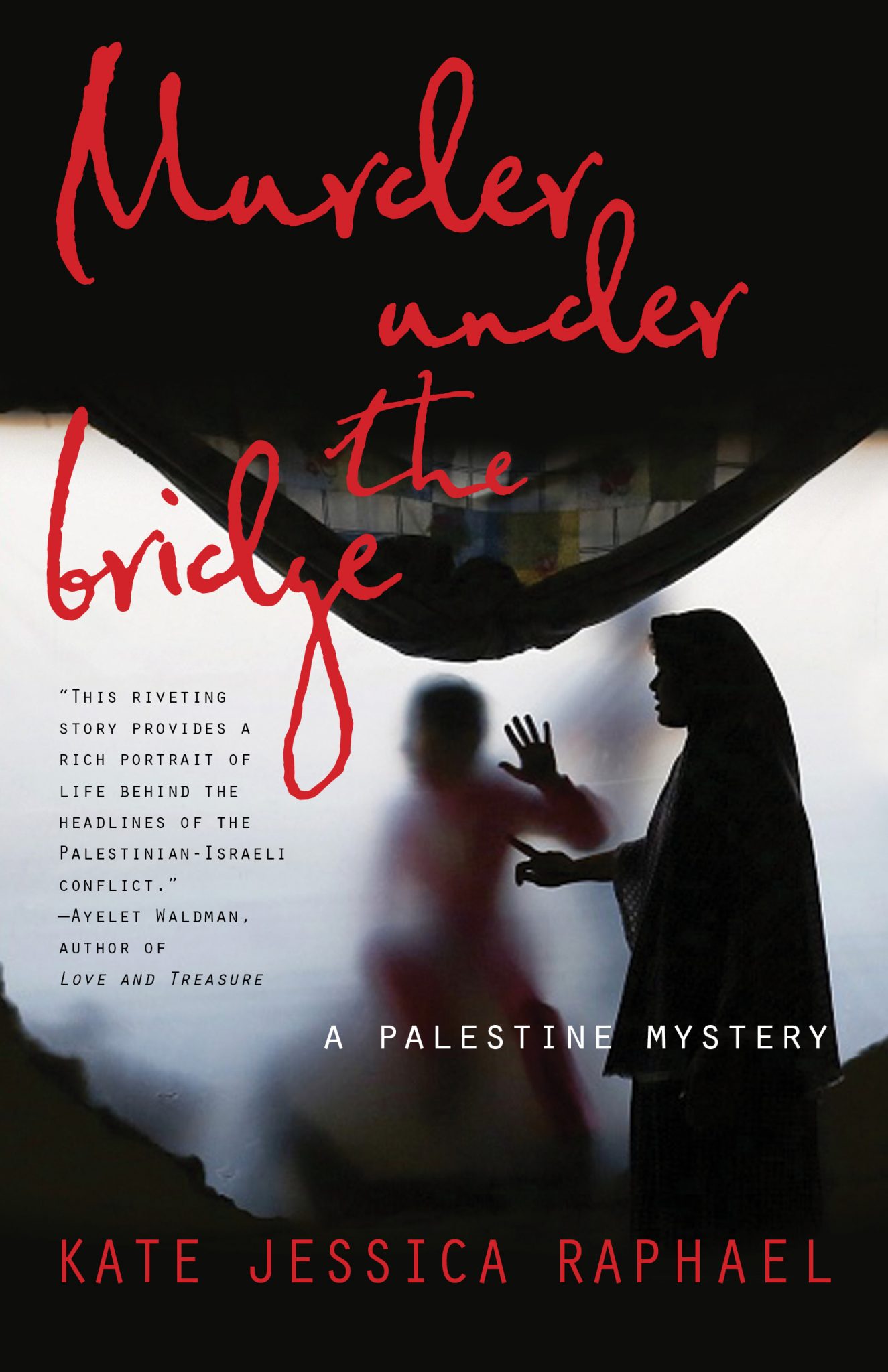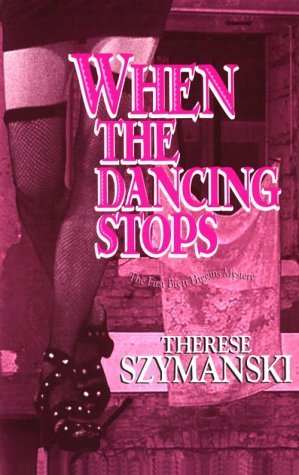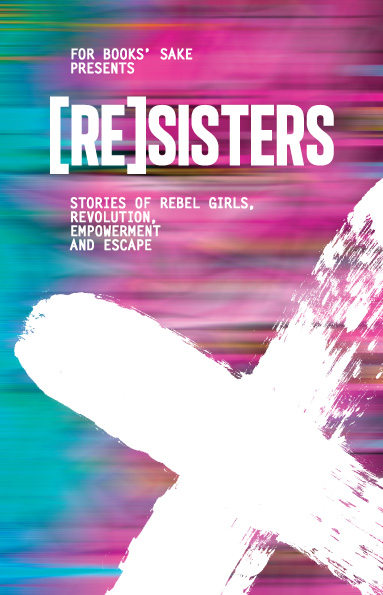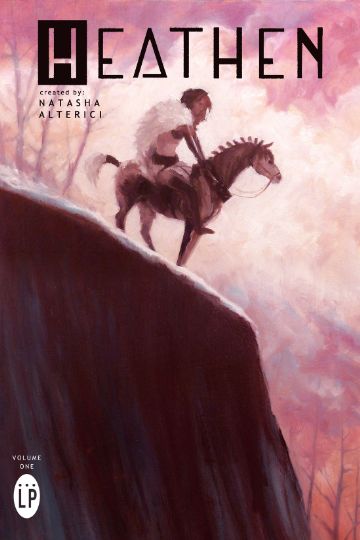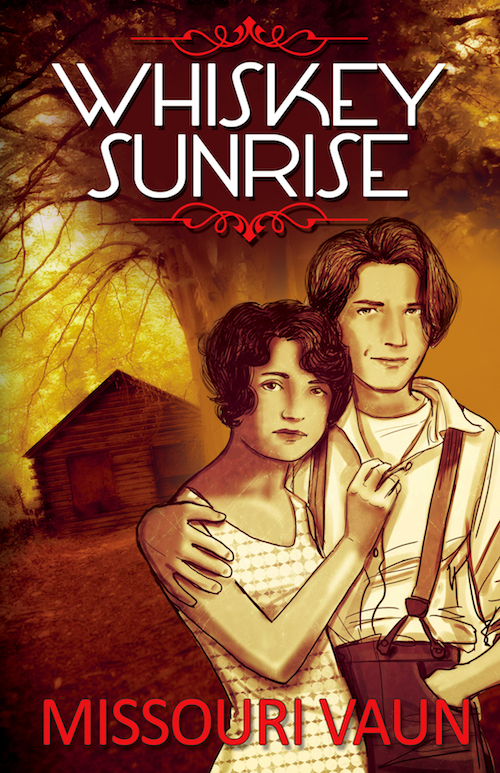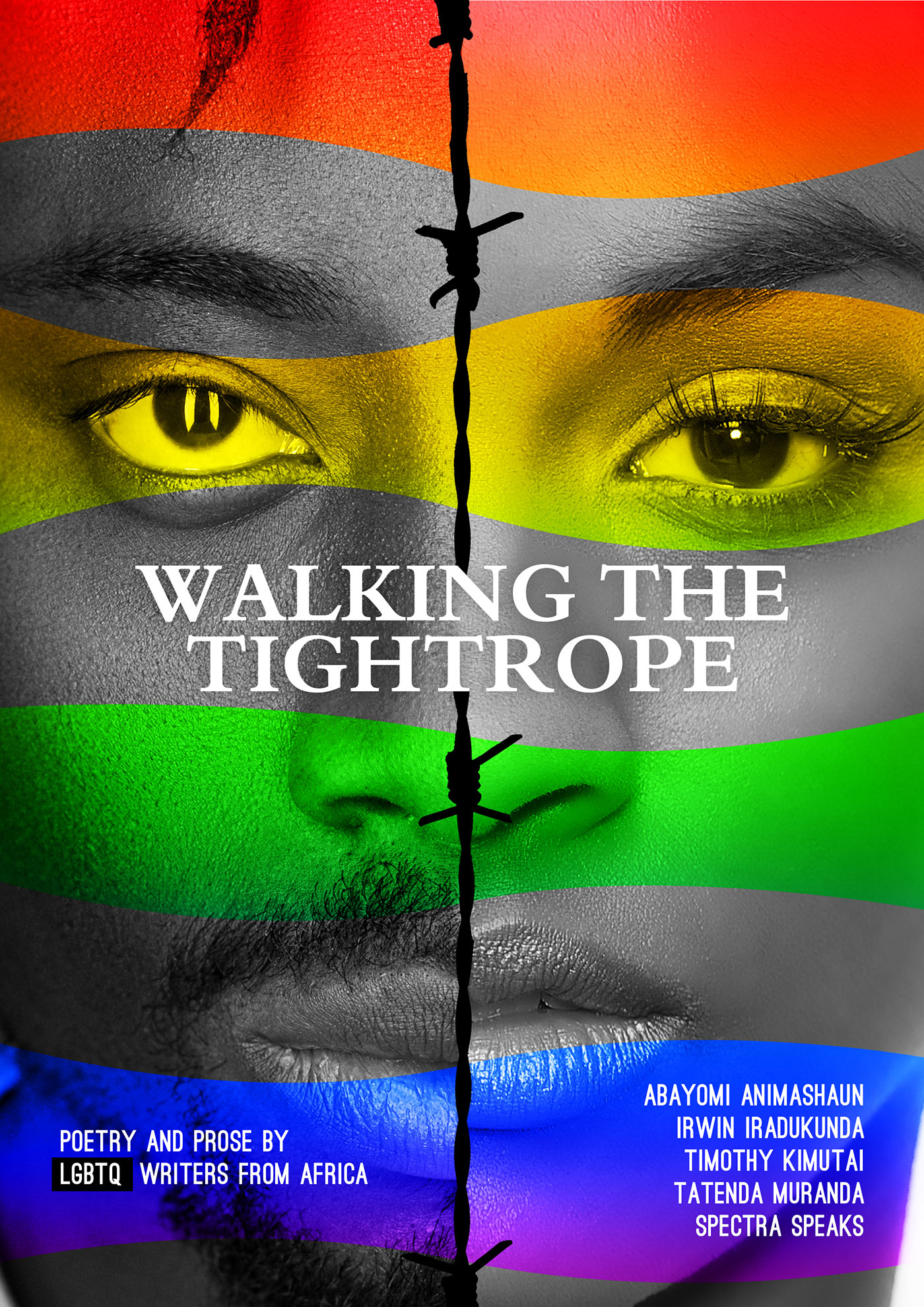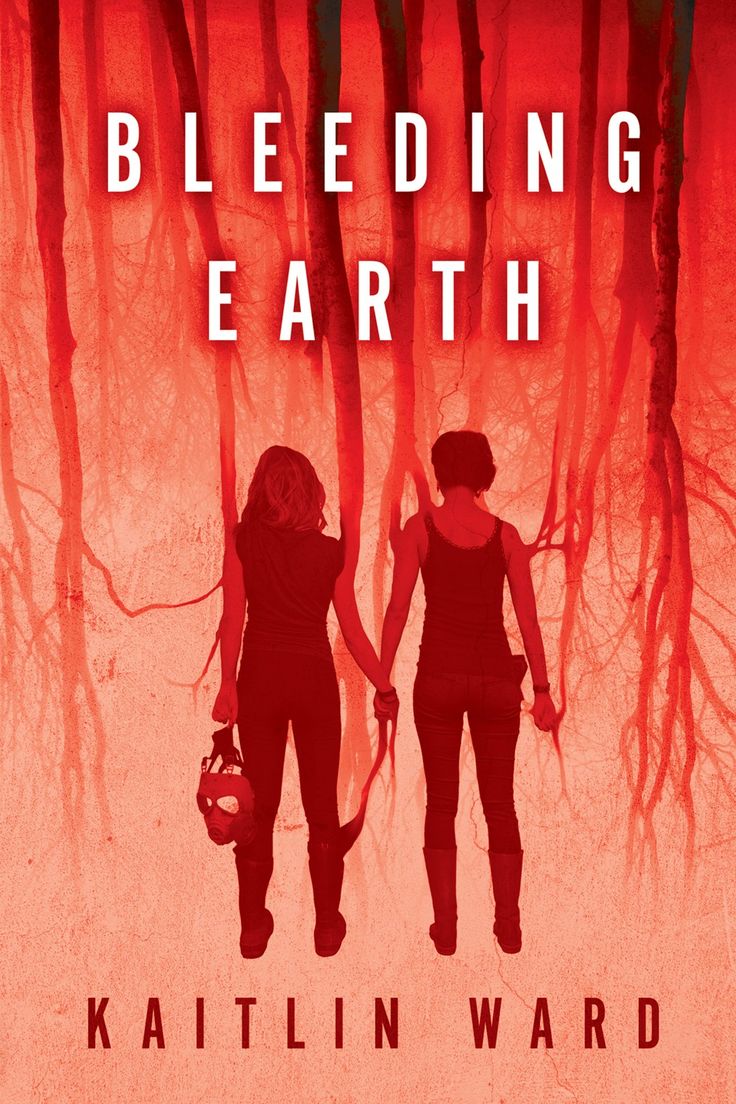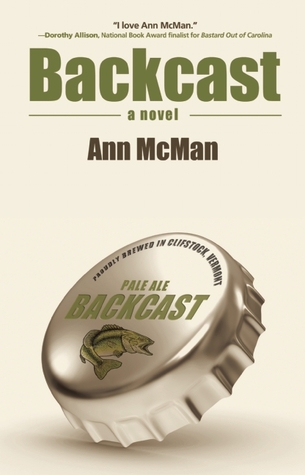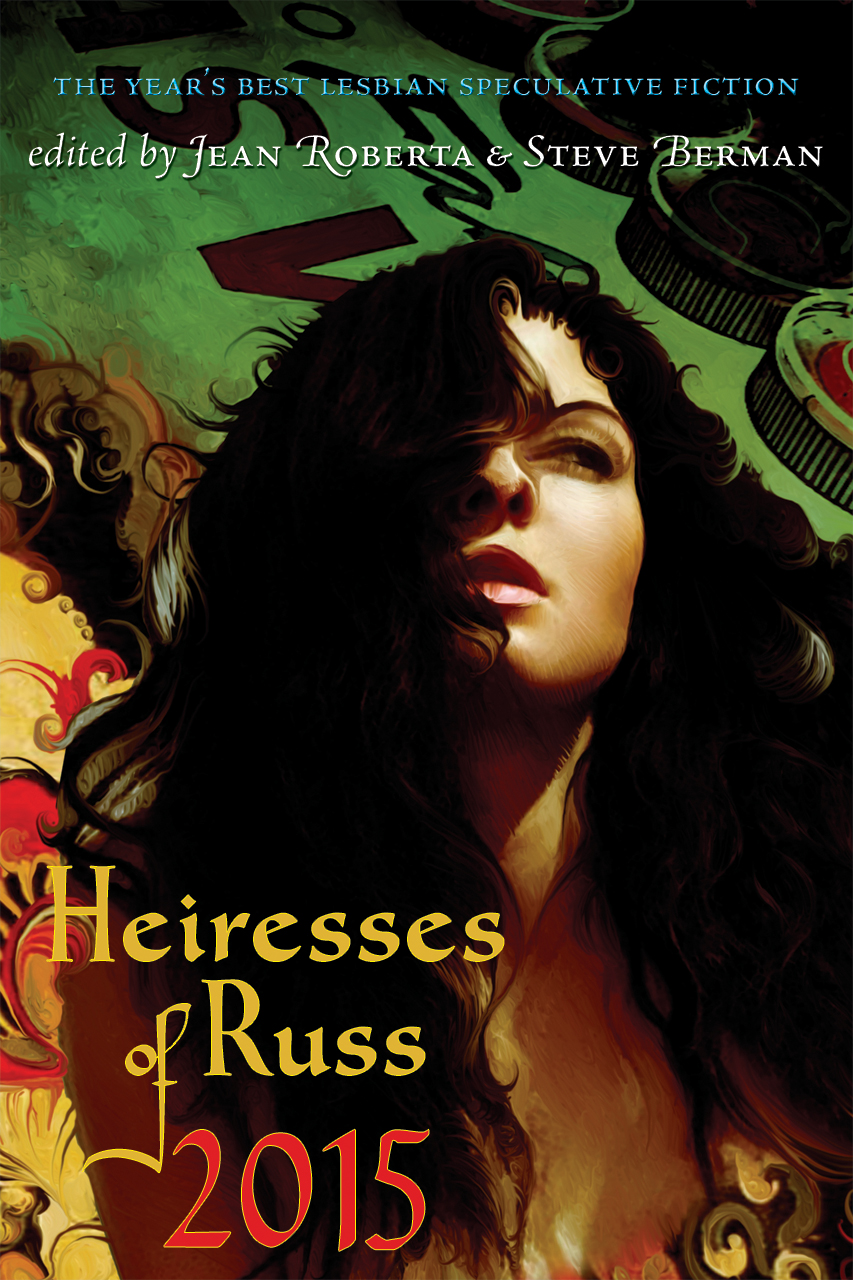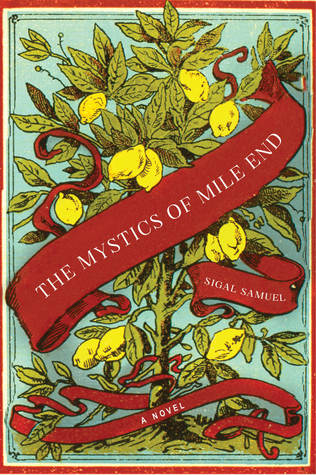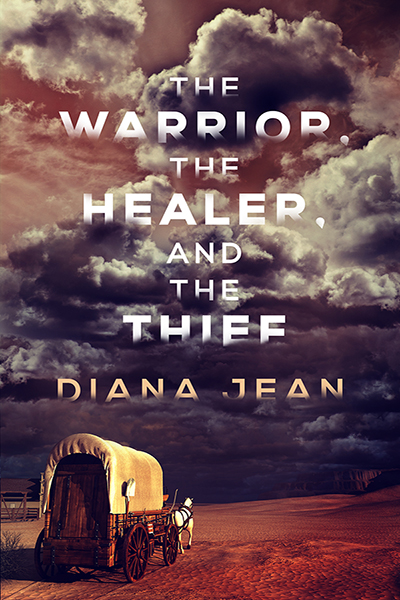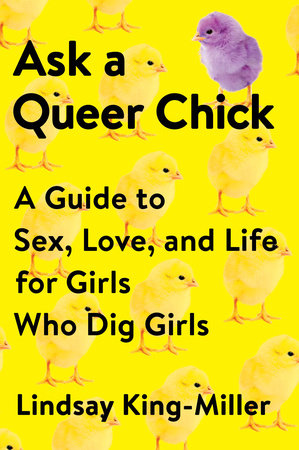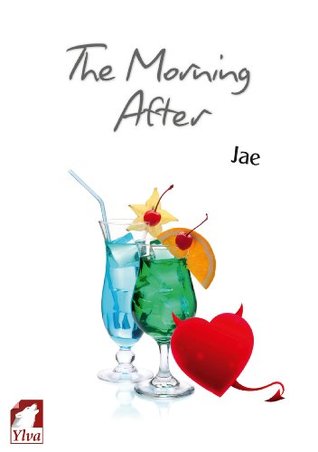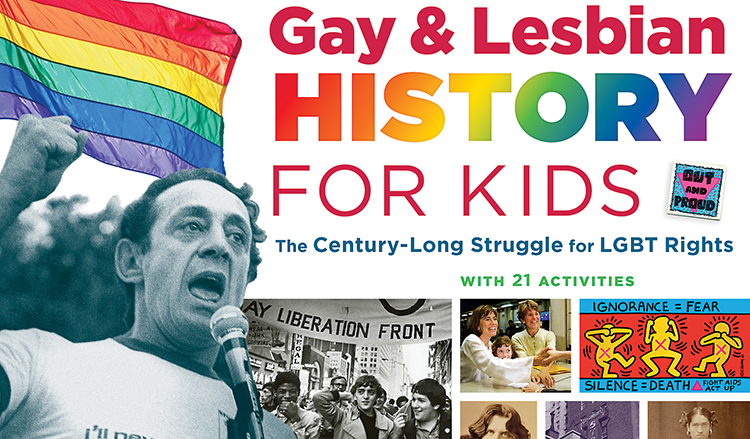“It’s dynamite, Mo. It’s dynamite”
I have not read many classic queer literature, so when my friend lent me this book – no matter how many ebooks I have, nothing beats a paper book- I jumped on the bandwagon.
Dare Truth Or Promise is a classic romance that takes place in Dunedin, New Zealand between Louie and Willa. Willa just moved in to town. She and Louie meet at Burger Giant where they both work but soon they discover that Willa will also be going to the same school. The story is told from both of their perspectives.
From the moment that they meet, there is great camaraderie between the two protagonists and although they aren’t open with everyone, they aren’t scared. Until they are.
Louie is a theater geek who is very hardworking. Sometimes she puts words to a feeling by quoting literature. Willa is more reserved because of what happened to her in her past school probably. Willa is a no non-sense type of person while Louie is always jokes, but somehow they are both serious with their feelings and try to support each other in life, more mature than one would think for their age.
A scene that I found really great was in the beginning where Louie was performing in the comedy club. I think most of the performance can still be applied today. It is also I think where Willa seriously starts to have feelings for Louie.
Their first date (or second depending how you see it) was adorable. It was something very Willa and she shared it with Louie and they both had fun and did it again after. Their love started as a bit clueless, although they both seemed to know where it was heading just shy to act, however, I think it evolved into them being able to read each other so well.
This book, while short and really easy to ready, highlights a point that everyone going through maturity (and coming out but not only) has felt at least once: the difference that parents make. Jolene, Willa’s mother and Tony and Susi, Louie’s parents have different lifestyles and different ways of interacting with their children.
Another point which was important to the plot and gave it depth was the namesake of the book. Willa and Louie played Truth Dare or Promise between themselves. I thought of this a childish game but with decisions and actions being taken that are mature so in a way this game helped them bridge their past with their future.
The book has a great introduction, which I found funny and a great conclusion which reminded me of movie type closings. There is a light beginning with some angst in the middle and a hard but sweet ending- a happy ending! Although the book is not all lovey-dovey with some dark themes brushed upon, overall it’s pretty light-hearted with some frustration and fear thrown in.
This is probably the first book I read that is set in New Zealand. You will learn some fact and want to look up more. A handy glossary of terms is found in the beginning of the book. As well, the writing sometimes picked up small details mentioned previously and continued on them.
I would recommend this book for people that want to read something quick and fast flowing that is mostly light-hearted with some drama thrown in.


